How to Catch Flounder Without a Boat
To catch a flounder is one of the most rewarding shore fishing experiences available to anglers. These flat, bottom-dwelling fish are not only delicious but also provide an exciting challenge that doesn’t require expensive boat ownership. Flounder, with their unique camouflage abilities and ambush hunting style, can be caught successfully from beaches, piers, jetties, and other shoreline access points with the right approach.
This comprehensive guide will walk you through everything you need to know about targeting these prized flatfish from land, including gear selection, location scouting, seasonal patterns, and specialized techniques that will dramatically improve your catch rate.
Understanding Flounder Behavior and Habitat
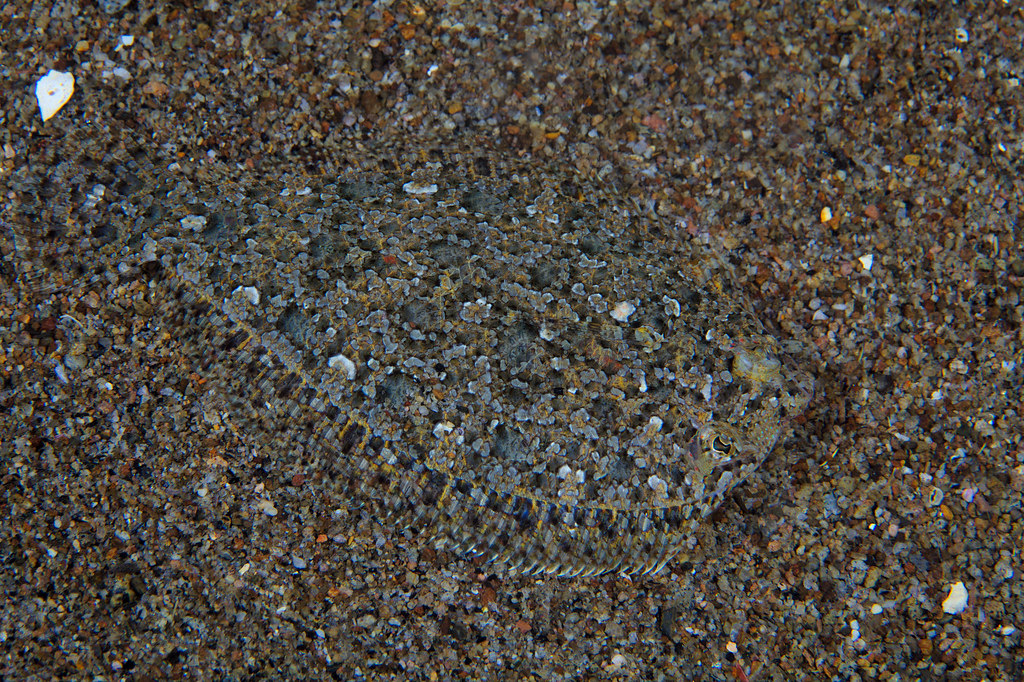
Flounder are ambush predators that use their extraordinary camouflage abilities to blend into sandy or muddy bottoms where they lie in wait for prey. They position themselves near structure such as drop-offs, channels, oyster beds, or submerged vegetation where baitfish are likely to pass.
Flounder have both eyes on the same side of their body, allowing them to lie flat while maintaining visibility of potential prey swimming above. Their feeding strategy typically involves burying themselves partially in the substrate, then lunging upward to capture passing fish, shrimp, or crabs.
Understanding these behavioral traits is crucial for shore anglers, as it dictates where you should focus your efforts and how you should present your bait to maximize success.
Essential Gear for Shore-Based Flounder Fishing
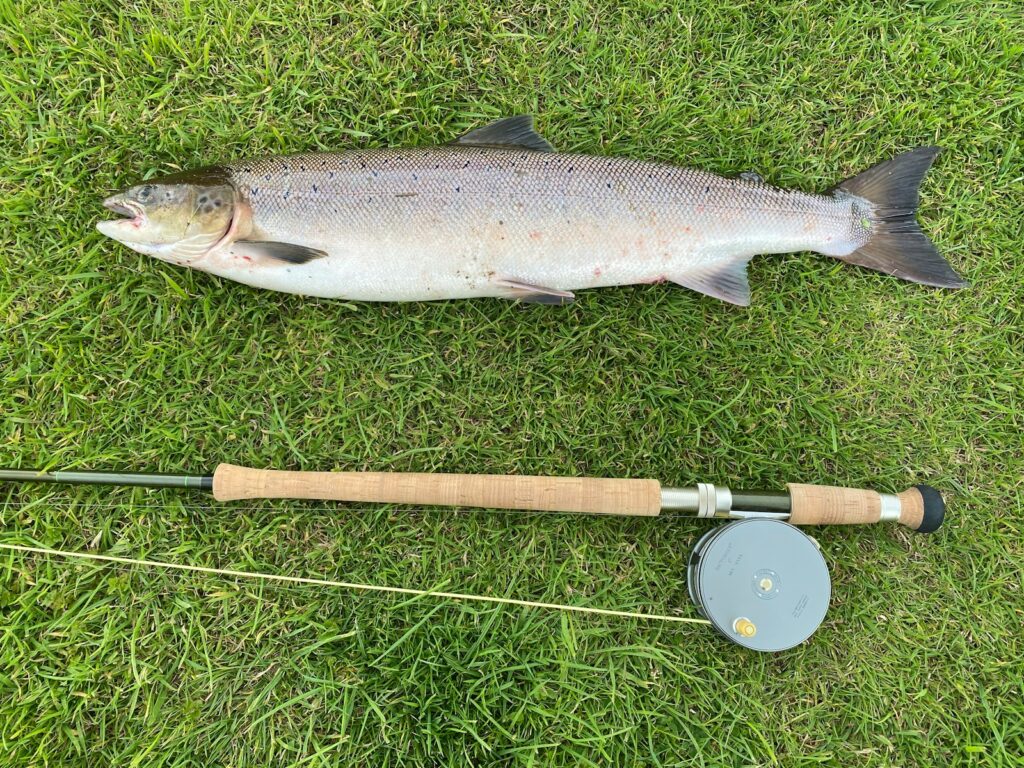
Successful flounder fishing from shore starts with the right equipment. A medium-action spinning rod between 7 and 9 feet provides the ideal balance of sensitivity to detect subtle bites and power to set the hook firmly. Pair this with a quality spinning reel in the 2500-4000 size range, spooled with 10-20 pound braided line for superior sensitivity and strength. For terminal tackle, a fluorocarbon leader of 15-20 pound test connects to your main line and helps prevent bite-offs.
Hook selection is critical; wide-gap hooks in sizes 1/0 to 3/0 accommodate the flounder’s unique mouth structure and feeding style. Depending on conditions, you’ll need a selection of weights ranging from ¼ ounce to 2 ounces, with bank sinkers and jig heads being particularly effective for different presentations.
Prime Shore Locations to Catch a Flounder
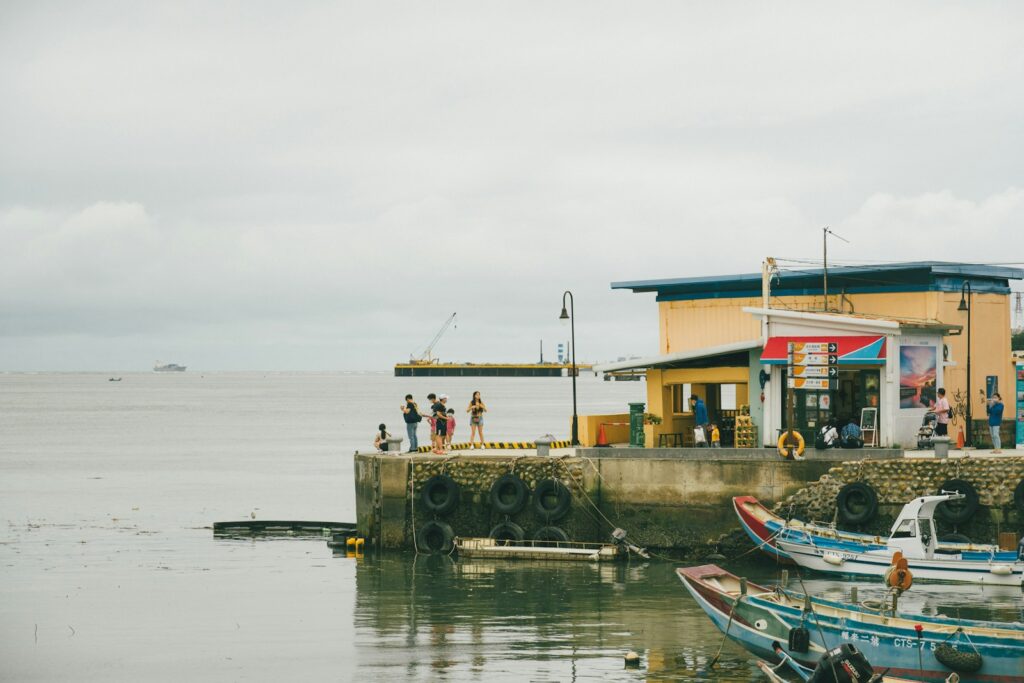
Some shore locations consistently produce better flounder action than others. Inlets where tidal waters flow between bays and oceans create perfect ambush points for flounder waiting to catch disoriented baitfish in the current. Jetties and rock groins extend your casting distance while providing the structure flounder love to hunt around.
Fishing piers offer elevated casting positions and often intersect with deeper channels where flounder concentrate. Bridge pilings create current breaks and shadow lines that attract baitfish and subsequently the flounder that hunt them. Beach points and sandbars, especially those near channel edges, form natural funnels that concentrate both bait and predators.
Look for areas where these features combine with moving water to find consistent flounder holding zones.
Seasonal Patterns for Shore Flounder
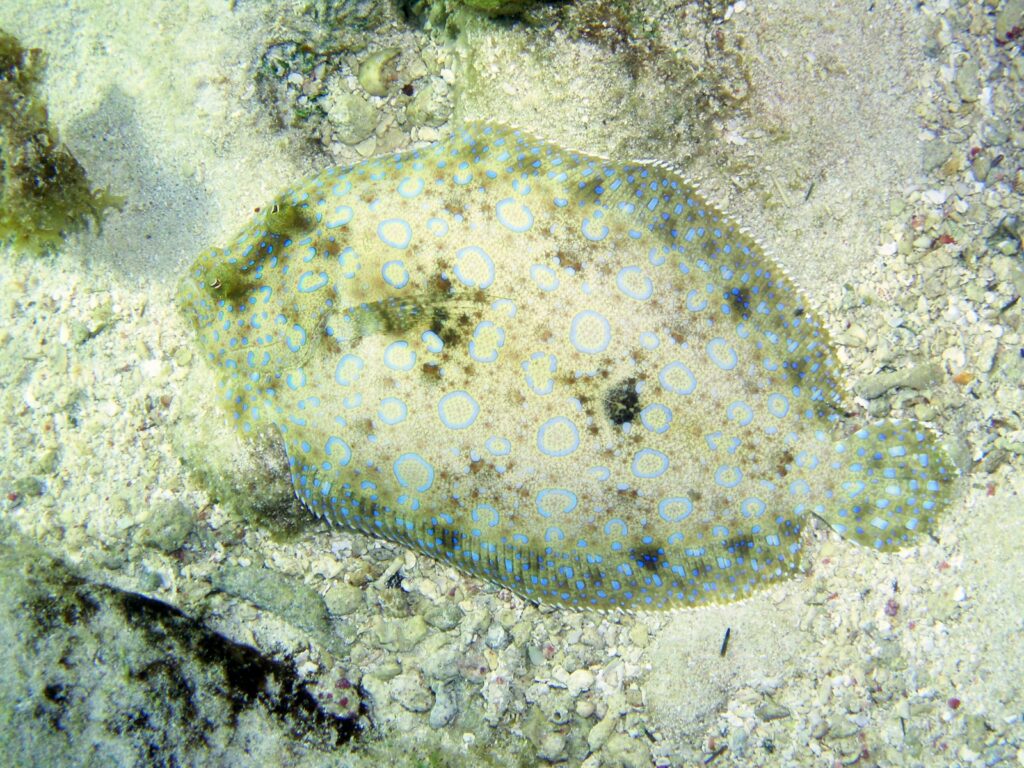
Flounder fishing success varies dramatically throughout the year, making seasonal knowledge essential for consistent catches.
Spring represents a transition period as water temperatures rise and flounder move from deeper wintering areas toward shallower feeding grounds, making inlets and channel mouths prime early-season targets.
Summer brings peak feeding activity in many regions, with flounder spreading throughout estuary systems and becoming more accessible to shore anglers targeting mudflats, creek mouths, and structure during morning and evening periods.
Fall triggers feeding frenzies as flounder fatten up before their offshore migration, concentrating around inlets and deeper channels where shore anglers can intercept them.
Winter generally sees reduced shore fishing opportunities as flounder move to deeper waters, though southern regions may offer year-round access to these fish.
Bait Selection to Catch a Flounder
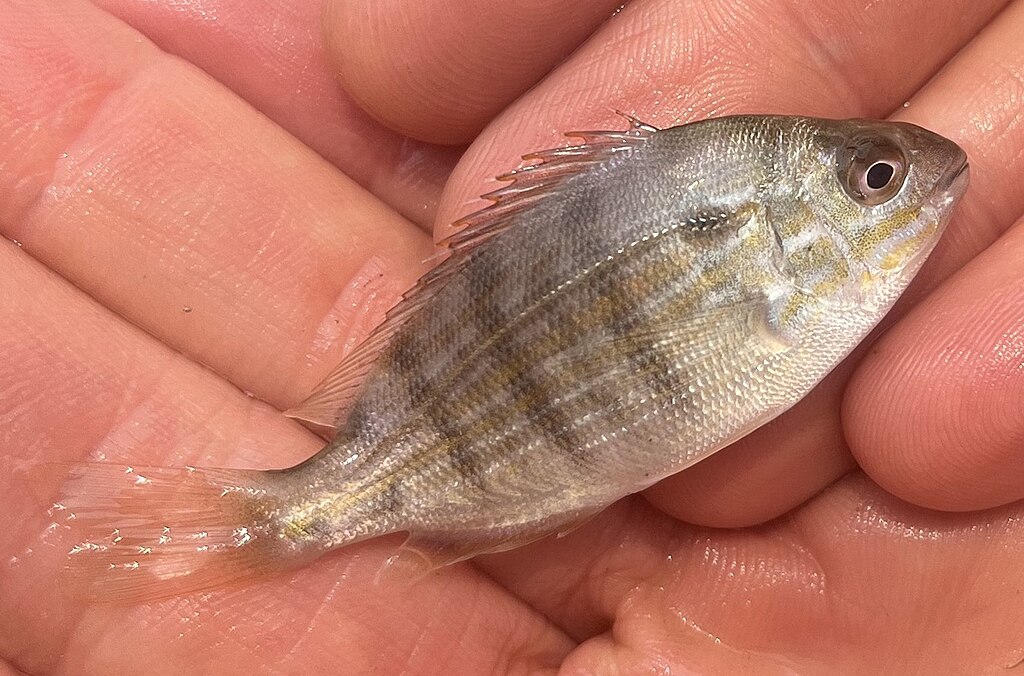
To catch a flounder, you have to remember that they are opportunistic feeders with definite preferences that vary by region and season. Live baits generally outperform artificial options, with finger mullet, mud minnows, and killifish (mummichogs) ranking among the most effective natural baits for shore anglers. Small live spot, croakers, or pinfish also make excellent flounder baits when available.
For those who prefer artificial lures, soft plastic curly-tail grubs in white, chartreuse, or pink mounted on jigheads consistently produce flounder strikes. Scented soft plastics like Gulp! Swimming Mullet or Berkley Gulp! Shrimp add a crucial olfactory dimension that often triggers bites when fish are less aggressive. Combining artificial lures with strips of fresh-cut bait creates a hybrid presentation that offers both visual appeal and scent attraction.
The Art of Flounder Rigs for Shore Fishing
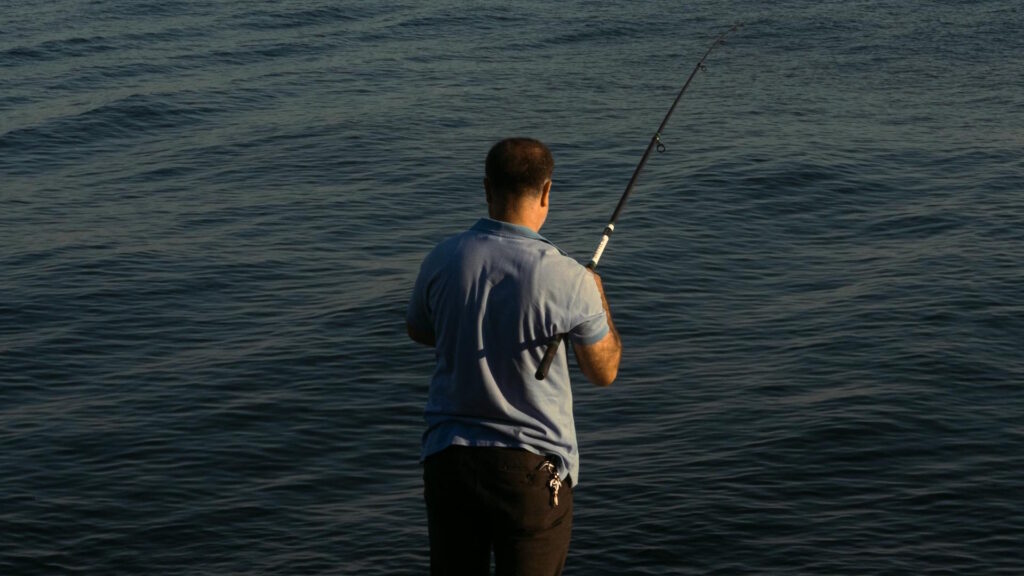
Several specialized rigs have proven their effectiveness for shore-based flounder fishing across different conditions. The basic Carolina rig, consisting of a sliding sinker above a swivel with a leader and hook, allows your bait to move naturally while maintaining bottom contact. The fish-finder rig operates on similar principles but lets the fish take line without feeling the weight, which is particularly effective for wary flounder.
For fishing in areas with snag-potential, a modified dropper loop rig with the sinker at the terminal end and hooks on dropper loops above minimizes hang-ups. Jighead rigs offer a simple, direct approach that excels during active feeding periods, especially when tipped with natural bait. Double-hook flounder rigs increase your chances by presenting two baits simultaneously at slightly different heights off the bottom.
How to Catch a Flounder With Mastery
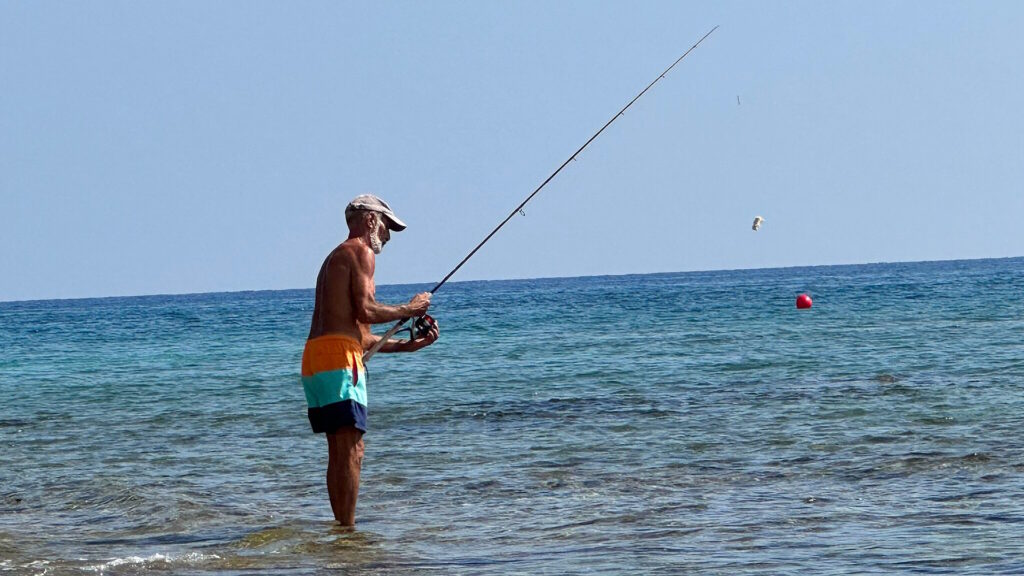
The most successful shore flounder anglers understand that presentation is everything when targeting these ambush predators. The classic “drag and pause” retrieve mimics injured baitfish and triggers the flounder’s predatory instinct—slowly drag your bait along the bottom for a few feet, then pause to let it settle naturally.
When fishing current-swept areas, the controlled drift allows your bait to move naturally with the water flow while maintaining bottom contact. In areas with minimal current, the lift and drop technique creates enticing movement—subtly lift your rod tip a few inches then let the bait flutter back down.
Varying your retrieve speed and cadence throughout the day helps determine what the flounder prefer under changing conditions. Remember that flounder often mouth their prey before committing, so detecting and responding properly to these subtle takes is critical to catch a flounder.
Reading the Water and Tides for Shore Success
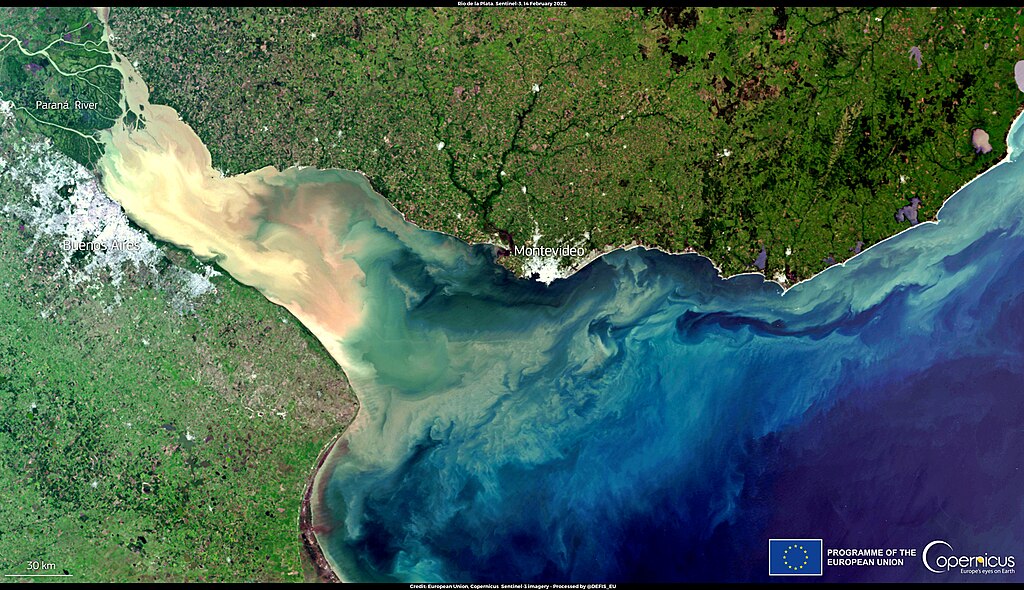
Understanding how water movement affects flounder behavior dramatically increases shore fishing success. Incoming tides generally push baitfish toward shore and into the shallows where flounder set up ambush points, making the latter half of the incoming tide through high tide often productive.
Outgoing tides concentrate baitfish in channels and depressions as water recedes, creating feeding opportunities around these deeper areas. Look for current seams where fast and slow water meet, creating natural feeding stations for flounder. Water clarity also significantly impacts fishing—slightly stained water often produces better than crystal clear conditions as it provides flounder camouflage advantage while still allowing them to see prey.
Areas where fresh and saltwater mix, known as salinity gradients, attract baitfish and consequently the flounder that feed on them.
Night Fishing Strategies to Catch a Flounder
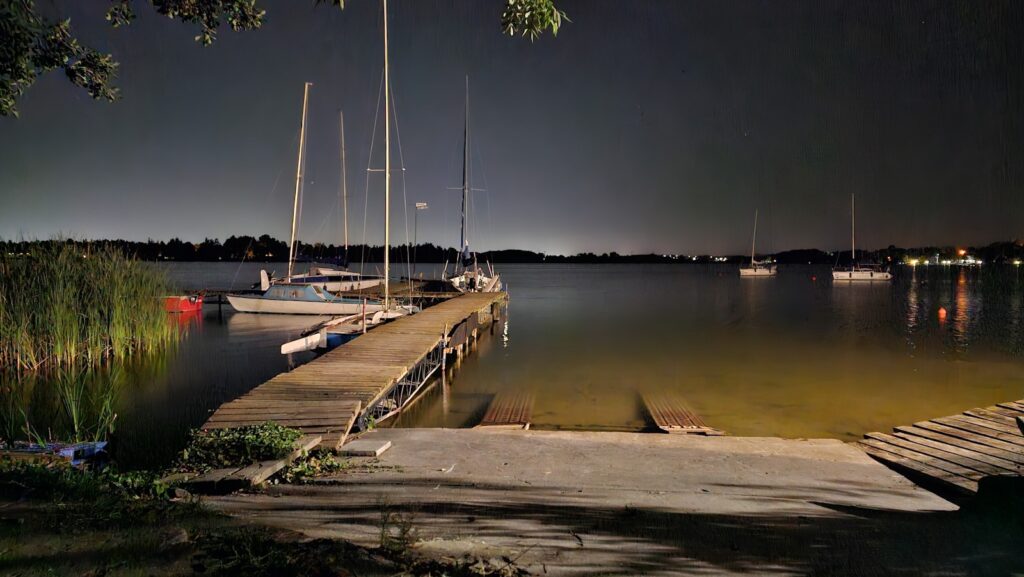
Night fishing from shore offers distinct advantages for flounder anglers willing to extend their fishing day. Flounder often become more active and less cautious after dark, moving into shallower water to feed more aggressively.
Lighted structures such as bridges, piers, and dock lights attract baitfish and subsequently draw in hungry flounder looking for an easy meal. Use glow-in-the-dark lures or add luminescent beads to your rigs to increase visibility in low-light conditions.
Bright-colored soft plastics in white or chartreuse remain visible to fish in darkness while darker colors like black or purple create better silhouettes against nighttime ambient light. Sound and vibration become more important sensory triggers at night, so lures with rattles or those that displace more water can help flounder locate your offering in the darkness.
Specialized Shore Techniques to Catch a Flounder in Different Conditions
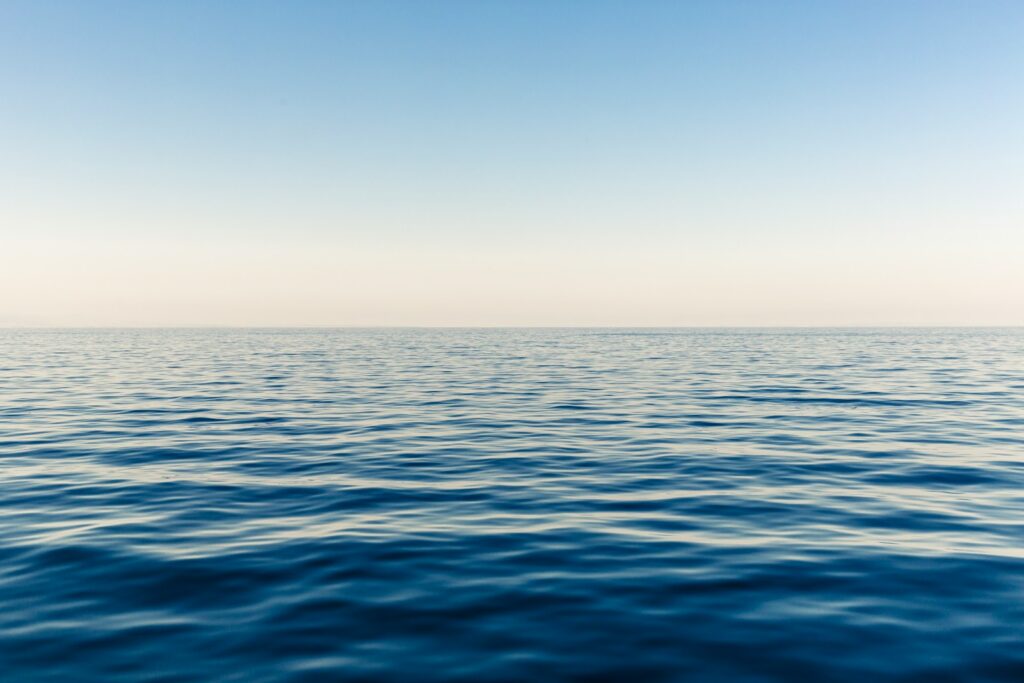
Adapting your approach to specific shore conditions dramatically improves flounder fishing success if you want to catch a flounder. When fishing beaches with significant surf, use heavier weights and cast beyond the breaking waves where flounder often lie in troughs and cuts. For fishing mudflats during low tide, focus on remaining water in channels and depressions where flounder concentrate as water recedes.
Around structures like jetties or bridge pilings, position yourself to cast upcurrent and let your bait drift naturally along the structure where flounder wait in ambush. In areas with heavy vegetation or oyster beds, rig weedless to avoid constant snags while still targeting these productive zones. During calm conditions with minimal current, impart more action to your bait through rod movements to compensate for the lack of natural water movement.
Handling and Landing Flounder from Shore

Successfully landing flounder from shore requires specific techniques to compensate for their unique body shape and fighting style. Use steady, consistent pressure rather than aggressive pumping when reeling in flounder, as their paper-thin mouths can tear easily under excessive force. A long-handled landing net becomes essential equipment, especially when fishing from elevated positions like piers or jetties.
Flounder have sharp teeth and gill plates that can cause painful cuts, so handling them requires care—rubber-coated landing nets minimize damage to both the angler and the fish. When practicing catch and release, minimize the fish’s time out of water and avoid touching the slime coat that protects them from infection. For keepers, immediately place them on ice to preserve the exceptional table quality that makes flounder so highly prized.
Weather and Environmental Factors Affecting Shore Flounder

Environmental conditions significantly impact shore-based flounder fishing success throughout the season. Barometric pressure changes often trigger feeding activity, with falling pressure before storms frequently producing excellent flounder action from shore. Wind direction and strength affect both water clarity and current speed—moderate onshore winds can push baitfish toward shore, while strong winds may create unfishable turbidity.
Water temperature drives flounder behavior, with the 55-75°F range typically producing the most consistent action for shore anglers. Moon phases influence tidal movement and feeding intensity, with stronger tides around new and full moons creating more pronounced feeding periods. Seasonal weather patterns like cold fronts or tropical systems can temporarily disrupt fishing but often create excellent opportunities immediately before and after their passage.
Conservation and Regulations for Flounder Anglers
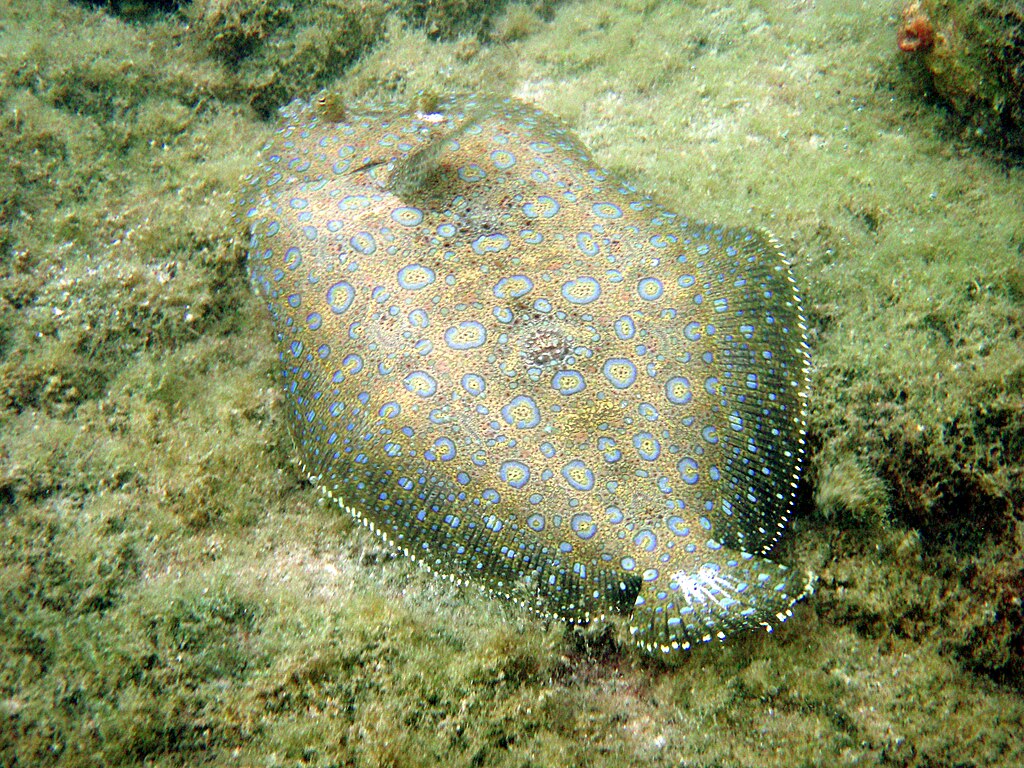
Responsible flounder fishing ensures sustainable populations for future generations of shore anglers. Familiarize yourself with local size and bag limits, which vary significantly between states and can change seasonally based on population assessments.
Use proper catch and release techniques when returning undersized flounder fish, including circle hooks that reduce deep hooking and mortality. Consider using barbless hooks or crimping barbs, making it easier to release flounder quickly with minimal handling. Many regions have implemented more stringent flounder regulations in recent years due to concerns about population, making it essential to check the current rules before each fishing trip. Supporting conservation organizations focused on habitat protection and fishery management helps ensure healthy flounder populations for shore anglers long into the future.
Conclusion

Shore-based flounder fishing offers anglers without boats access to one of the most prized inshore gamefish. By understanding flounder behavior, selecting appropriate gear, and mastering specialized techniques, shore anglers can consistently catch these delicious flatfish throughout the season. Whether fishing from beaches, piers, jetties, or other shoreline access points, the methodical approach outlined in this guide will help you locate and catch more flounder.
Remember that successful flounder fishing requires patience, attention to detail, and willingness to adapt to changing conditions—qualities that define the most successful shore anglers. With practice and persistence, you’ll discover the excitement of feeling that distinctive flounder thump on your line and the satisfaction of bringing these remarkable fish to shore without ever stepping foot on a boat.
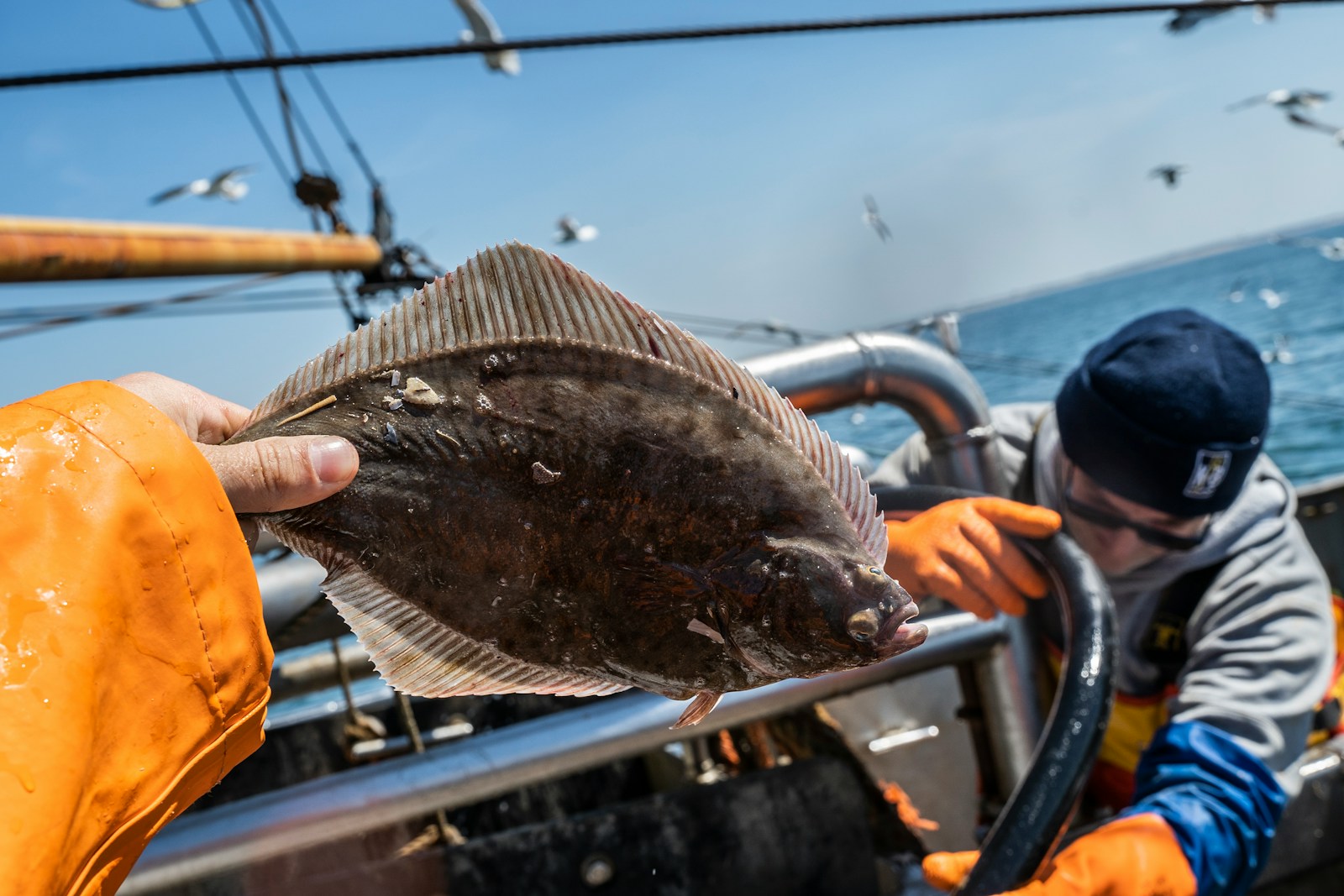













Post Comment